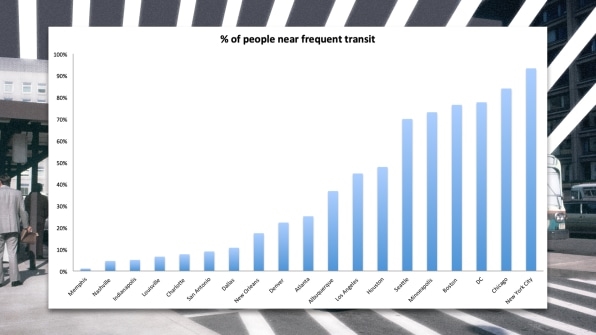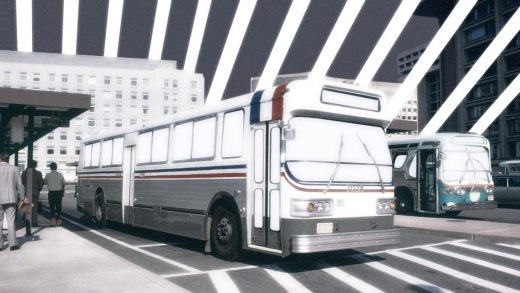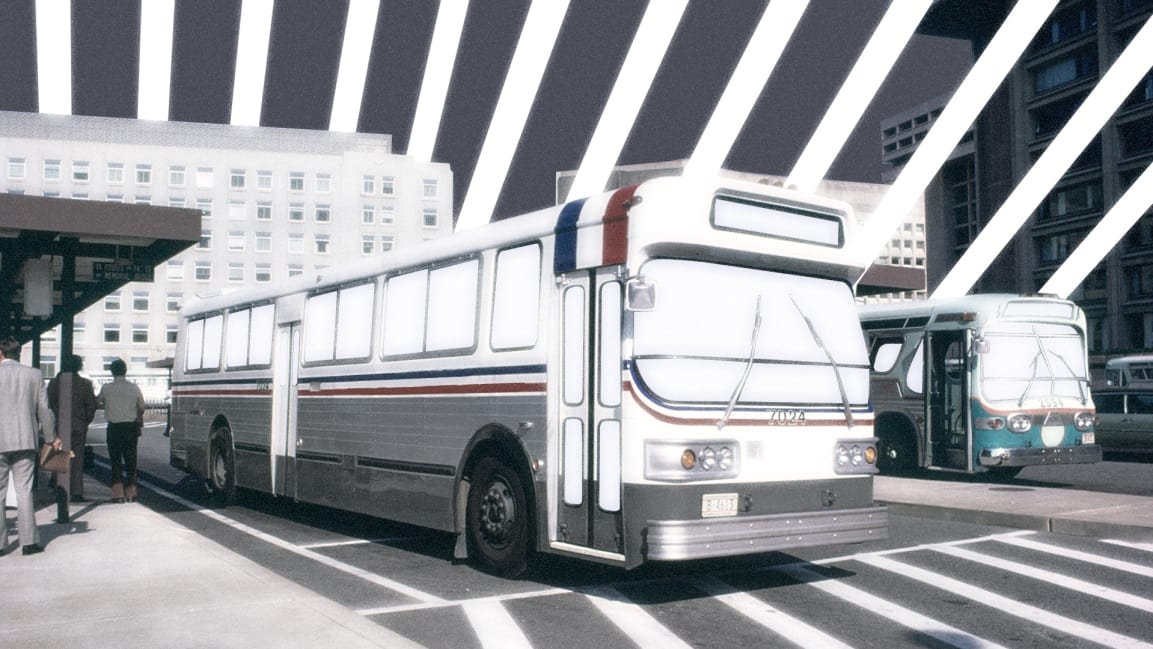Which cities make it easiest to commute without a car?
Nearly a third of greenhouse gas emissions in the U.S. come from transportation, but in most American cities, it’s still very challenging to get around without a car. A new report (and online tool) looks at 20 cities across the country and how well those cities connect residents to their jobs through public transit, walking, or biking.
“Cities are in a really strong position to be able to create positive change and really be able to fight climate change through their transportation networks,” says Joe Chesnut, a transport research associate at the nonprofit Institute for Transportation and Development Policy, which published the report. “One of the things we’re seeing is that some cities are doing a great job of that and then other cities are still relying on a single-occupancy car dominant structure and contributing to climate change.”
The report looked at a selection of growing cities that have either been considering major transportation improvements or have strong transit in place. It considered 12 different factors, including how close homes and jobs are to rapid transit, how many people have access to transit that runs frequently at rush hour, the size of city blocks, and how many people could get to work in a half an hour or an hour by walking, biking on protected bike lanes, or on public transit. All of these factors affect how likely it is that commuters decide not to drive to work.

In Nashville, one of the 10 fastest-growing cities in the U.S., where drivers spend an average of 33 hours each year stuck in traffic, the report found that only 5% of the population lives a 10-minute walk or bike ride from frequent public transit. (In 2018, Nashville voters shot down a transit improvement plan that would have added new light rail, bus lines, and bike lanes.) In Indianapolis, too, only 5% of the population is a short walk or bike ride from public transit. In Memphis, only 1% is.
In Minneapolis, by contrast, 74% of the population lives within a 10-minute walk or bike ride from frequent transit, and 89% of jobs are also that close to frequent transit. That’s partly because of the city’s concerted investment in bike lanes. “If you built those protected bike lanes and connect them to frequent transit, it can allow people to more easily use that transit,” Chesnut says. In Seattle, similarly, most jobs and most people are near frequent transit–and it’s one of the few cities in the U.S. where transit ridership is growing. Boston, Chicago, New York City, Philadelphia, and Washington, D.C., all known for decent public transportation, also have strong numbers.
The tool is designed to help cities benchmark their progress and figure out where to invest to make improvements. “It’s important for them to set targets and set goals and have indicators and track their progress,” says Chesnut. “If you’re not following the problem, it becomes impossible to solve.”
(17)



